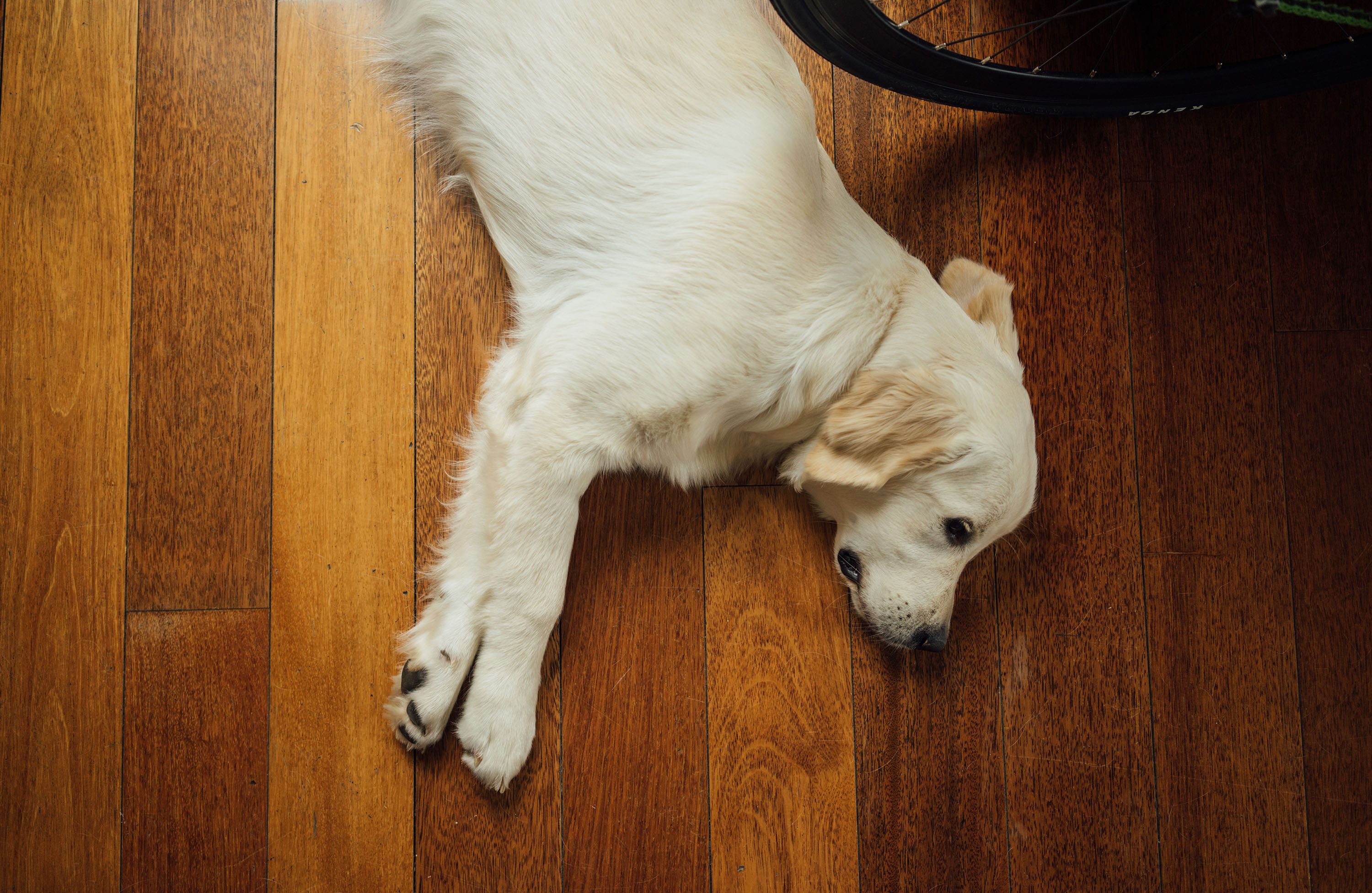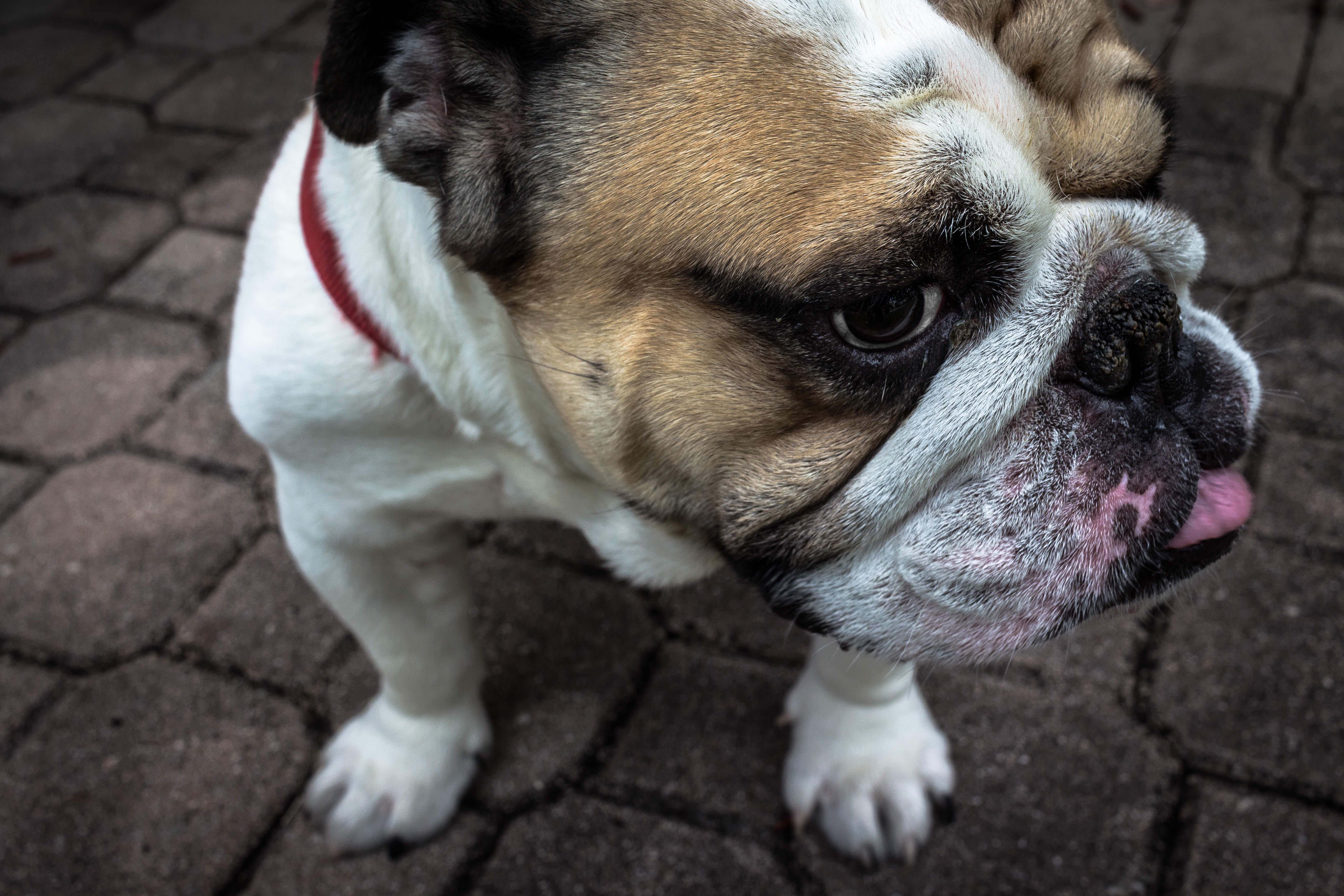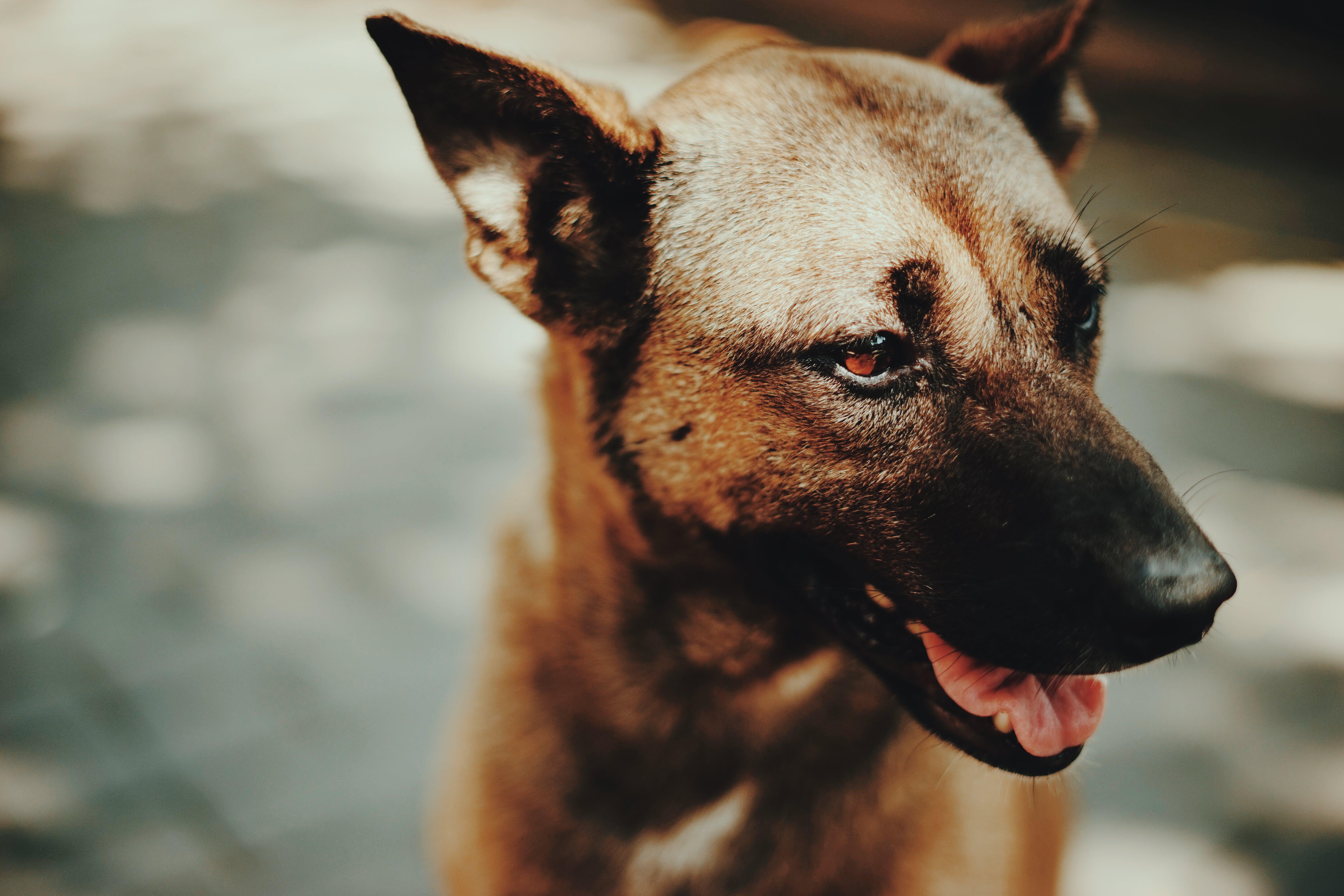When your family dog doesn’t want to eat and is throwing up, you hope it’s a passing thing.
Canine Pancreatitis
Canine pancreatitis, which occurs due to pancreatic inflammation, has become increasingly common in recent years, causing great concern among dog owners. When a dog’s pancreas becomes inflamed, enzymes that are normally inactive until they move into the small intestine to help digest food are instead released in the pancreas itself, so that the dog’s body actually begins to digest its own pancreas. This, of course, is incredibly painful, and it can lead to many other health problems.
1. Lack of Appetite
Since most dogs love to eat, a lack of interest in food is one of the first and most obvious signs that your dog may have pancreatitis. Eating and drinking increase abdominal pain associated with the disease, so your normally ravenous pooch may be opting out in order to avoid it. It’s hard to see your dog disinterested in something she usually enjoys, so it may be tempting to offer her a special treat to entice her to eat. But it’s especially important not to offer your dog people food at this time, as this can exacerbate pancreatitis and may even be what caused it in the first place.
2. Bloated, Sore Abdomen
Check the appearance of your dog’s abdomen for swelling. Dogs suffering from pancreatitis often have distended bellies due to inflammation and fluid buildup. Your dog’s behavior and posture may indicate that she is suffering from tummy pain as a result. Panting, crying, shaking and standing with an arched back may all be signs that your dog’s stomach hurts. She may not be able to find a comfortable resting position and may move around the house restlessly. A bloated belly can be a sign of several other serious health conditions, including canine bloat, so a visit to the vet upon seeing this symptom is always in order.
3. Hunched Posture
As mentioned above, dogs suffering from pancreatitis will adopt unusual body postures to try to manage the abdominal pain they’re experiencing. A dog may sit with her back half in the air and her front legs and head reaching forward on the floor, a position referred to as “prayer pose.” Alternatively, she might lie with all four paws under her head and her bottom against the floor. These positions also stem from an instinctual fear of predators. Since sick animals are easier prey, they try to minimize their size in order to protect themselves from threats. No matter the reason, when your dog adopts an unusual position of rest, her body language should signal you to pay attention.
4. Vomiting
A single instance of vomiting without other symptoms may not be cause for concern. Your dog may have eaten something rotten in the yard or just inhaled her dinner too quickly. But if she experiences repeated bouts of vomiting—especially when accompanied by apparent abdominal pain—you should make an appointment with your vet right away. Be sure to note the distinction between vomiting, which contains partially digested food and is propelled from the mouth with force, and regurgitation, which is undigested food that resurfaces with little effort in a tubular shape. Only vomiting is a symptom of pancreatitis.
5. Diarrhea
Observing the consistency and frequency of your dog’s stools is another way to detect signs of pancreatitis. As with vomiting, a single instance of a loose stool is not caused for concern—it could be due to any number of fairly innocuous factors. But frequent loose, watery stools, or diarrhea, may be an indicator of the disease. If the diarrhea is yellow-colored and appears greasy, this is even more likely to be the case. The stool may also be bloody. As with vomiting, diarrhea introduces a risk of dehydration and electrolyte imbalance, so prolonged periods warrant a visit to your vet.
6. Dehydration
Vomiting and diarrhea both lead to dehydration, since vital fluids and electrolytes are being ejected from the body. Dogs with pancreatitis will often avoid drinking water or be eating wet food because it is painful, which makes the problem worse. To see if your dog is dehydrated, pinch the skin on the back of her neck. In most cases, if your dog is properly hydrated, the skin will fall right back into place. If not, it will remain in a pinched position for a few moments before returning to normal. If your dog has pancreatitis, your vet will usually administer subcutaneous fluids—water and electrolyte-rich treatments—rather than encouraging her to drink water, which can actually worsen the inflammation of the pancreas.
7. Depression
When your pooch is in pain and unable to enjoy her usual routines, it’s understandable that she might show signs of depression. Dogs who are depressed will display a lack of interest in food, drink, and activities they normally love, such as going for walks or running around at the dog park. When they feel blue, dogs will often hide from their owners and sleep more than usual. Another sign of depression is obsessive paw licking or chewing, behavior dogs use to soothe themselves. Since most dogs love being with their owners as much as possible, the depressed behavior will likely stand out immediately.

Recent Pet Posts
Blog Categories
Product categories
- Accessories (7)
- Chicken & Veggie Wraps (8)
- Grillers Jerky Tenders (4)
- Jerky Treats (10)
- Made in the USA (9)
- Non-Rawhide Treats (28)
- Beggar Bone (11)
- Bully Sticks (4)
- Butcher Bone (4)
- Cod Skin Fish Treats (3)
- Pork Skin Twists (2)
- Pressed Rawhide Bones & Rolls (16)
- Bones & Rolls (6)
- Pressed Rawhide Bulk (6)
- Twist Sticks (4)
- Savory Munchies (13)
- Supreme Bones & Rolls (48)
- American Rawhide Bulk (16)
- Rawhide Bones (14)
- Rawhide Chips (6)
- Rawhide Rolls & Sticks (12)
- Uncategorized (8)










1 Comment. Leave new
My dog has had pancreatitis for a long time now. I’ve been feeding him cooked chicken,rice and vegetables. I thought it was time to try some low fat can and dry dog food so after a few days my dog started licking my floor and carpet and when I took him outside he ate some grass. After that he stopped and took a nap. Should I stop feeding him the can and dry food?